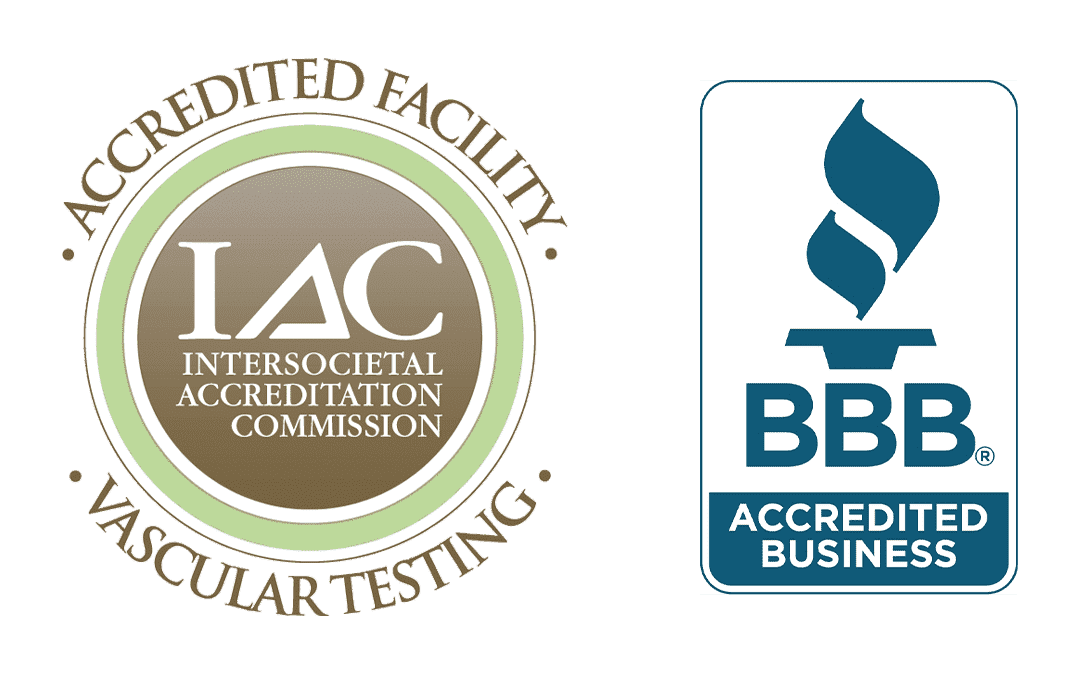If you or a loved one are at risk for blood FLOW problems – Feeling of pain in the legs, Loss of sensation in the legs or feet, Open sores that won’t heal, or Weakness with walking, be evaluated by your doctor.

You Have a Choice When It Comes to Vascular Care.
Get an Appointment at VIC In 3 to 5 Days – Without a Referral!
You Have a Choice When It Comes to Vascular Care.
Get an Appointment at VIC In 3 to 5 Days – Without a Referral!
Treatment options for peripheral artery disease include lifestyle changes, medication, and endovascular or surgical intervention.

Pain and numbness in the toes occur due to the lack of blood flow. Skin and nails may become rough and dry; other effects might include the presence of wounds that do not heal, as well as death of skin and gangrene.
Pain, numbness in the toes occurs due to the lack of blood flow. Skin and nails may become rough and dry, also the presence of wounds that do not heal, or death of skin & gangrene.
The accumulation of the fatty cells in the vessel walls causes inflammation and scarring. Calcium will often deposit inside the plaques, causing “hardening of the arteries.”
